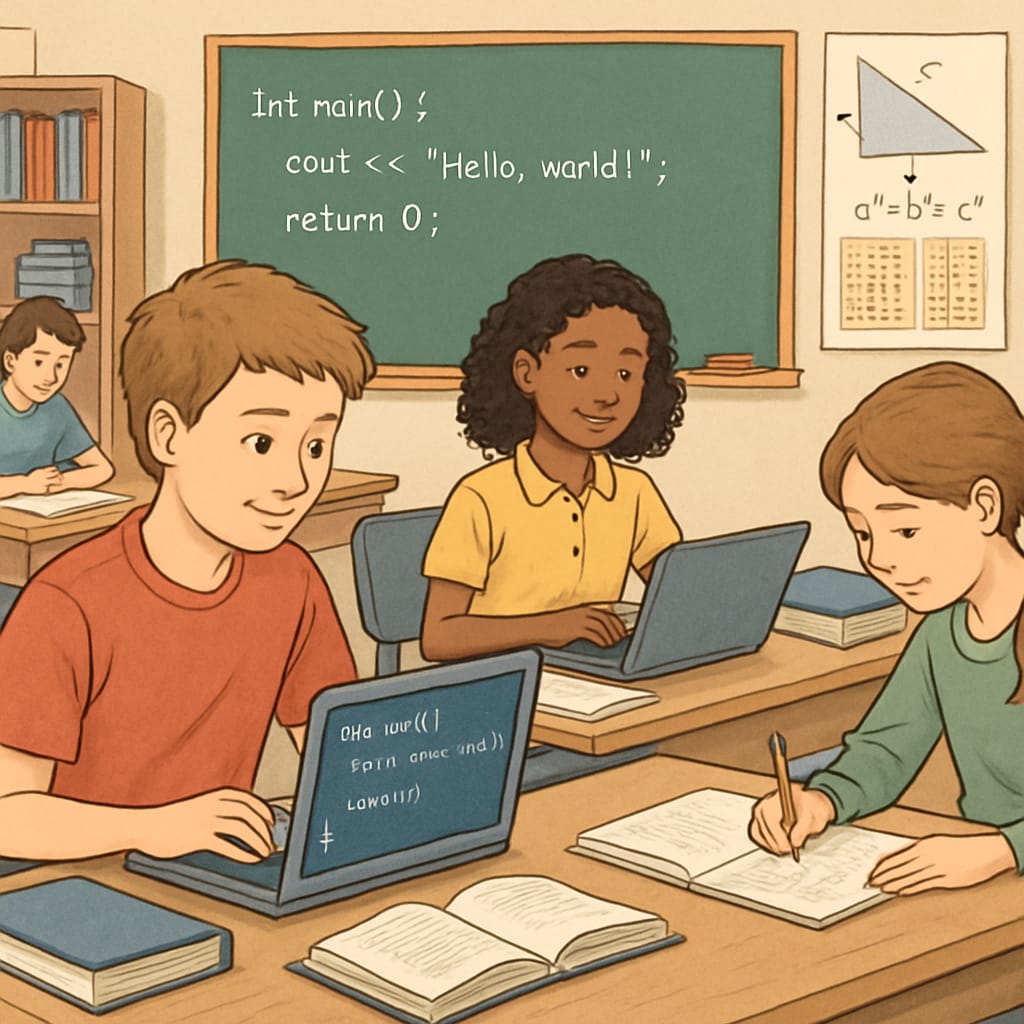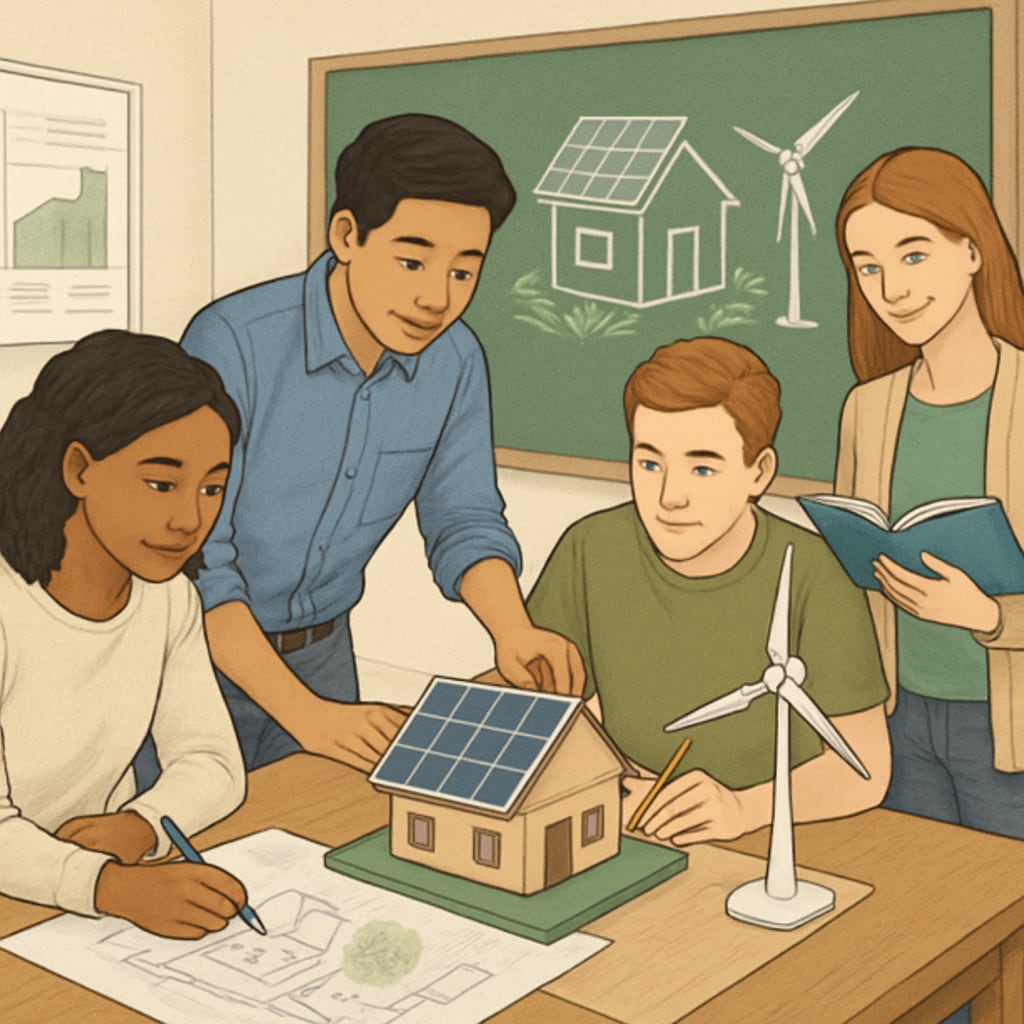In K12 education, balancing vocational education, school district structures, and traditional academic subjects is an ongoing challenge for educators and policymakers. While vocational education prepares students for specific careers, traditional academics provide the foundational knowledge and critical thinking skills essential for lifelong learning. Striking the right balance between these two educational approaches can empower students to thrive both professionally and intellectually. This article explores various implementation models, their advantages and limitations, and practical strategies for creating a well-rounded educational system.
Understanding Vocational Education and Academic Learning
Vocational education focuses on equipping students with hands-on skills and technical knowledge tailored to specific industries, such as healthcare, technology, or manufacturing. On the other hand, traditional academic subjects—like mathematics, science, and literature—promote cognitive development and critical analysis. Combining these two approaches can be transformative for students, but the integration requires careful planning.
For example, some school districts have adopted dual-track systems, where students can choose between vocational programs and traditional academic pathways. While this model offers flexibility, it may unintentionally segregate students into distinct groups, limiting their exposure to diverse learning experiences. A more integrated approach, where vocational elements are embedded into academic curricula, may foster a richer learning environment.

Implementation Models: Pros and Cons
Several implementation models for integrating vocational education and traditional academics exist, each with unique strengths and challenges:
- Dual-Track Model: Students select either a vocational or academic track. This model provides specialization but risks creating silos within the student population.
- Integrated Curriculum: Vocational skills are embedded into traditional academic subjects. For instance, biology classes might incorporate healthcare-related lab experiments, blending theoretical and practical knowledge.
- Project-Based Learning: Students engage in interdisciplinary projects that require both technical and academic skills, such as designing a sustainable energy solution.
Each model requires tailored support from school districts, including teacher training, updated curricula, and partnerships with local industries. According to a study by Britannica, effective vocational programs often rely on collaboration between schools and employers to ensure that students gain relevant experience.

Practical Strategies for School Districts
To achieve a balanced approach to vocational education and traditional academics, school districts can implement the following strategies:
- Develop Comprehensive Curricula: Create lesson plans that integrate vocational themes into academic courses, ensuring that students see the relevance of theoretical knowledge in practical settings.
- Invest in Teacher Training: Equip educators with the skills needed to teach integrated curricula and manage diverse classroom dynamics.
- Forge Industry Partnerships: Collaborate with local businesses to offer internships, mentorships, and real-world learning opportunities.
- Monitor Student Outcomes: Regularly assess students’ academic performance and career readiness to identify areas for improvement.
In addition, school districts can look to successful models implemented in countries like Germany, where apprenticeships are an integral part of education, or the United States, where career and technical education programs are gaining traction. For more information on international vocational education systems, visit Wikipedia’s overview of vocational education.
Conclusion: Building a Balanced Future
Balancing vocational education and traditional academics is not merely a logistical challenge; it is a philosophical endeavor to redefine how we prepare students for the future. By integrating career skills with academic excellence, educators can create a system that nurtures both practical competence and intellectual growth. School districts must adopt innovative strategies, embrace collaboration, and remain adaptable to changing workforce demands. Through a balanced approach, students can emerge as well-rounded individuals ready to contribute meaningfully to society.
Striking this balance is the art of crafting education for the modern world—an art that continues to evolve with each passing year.


